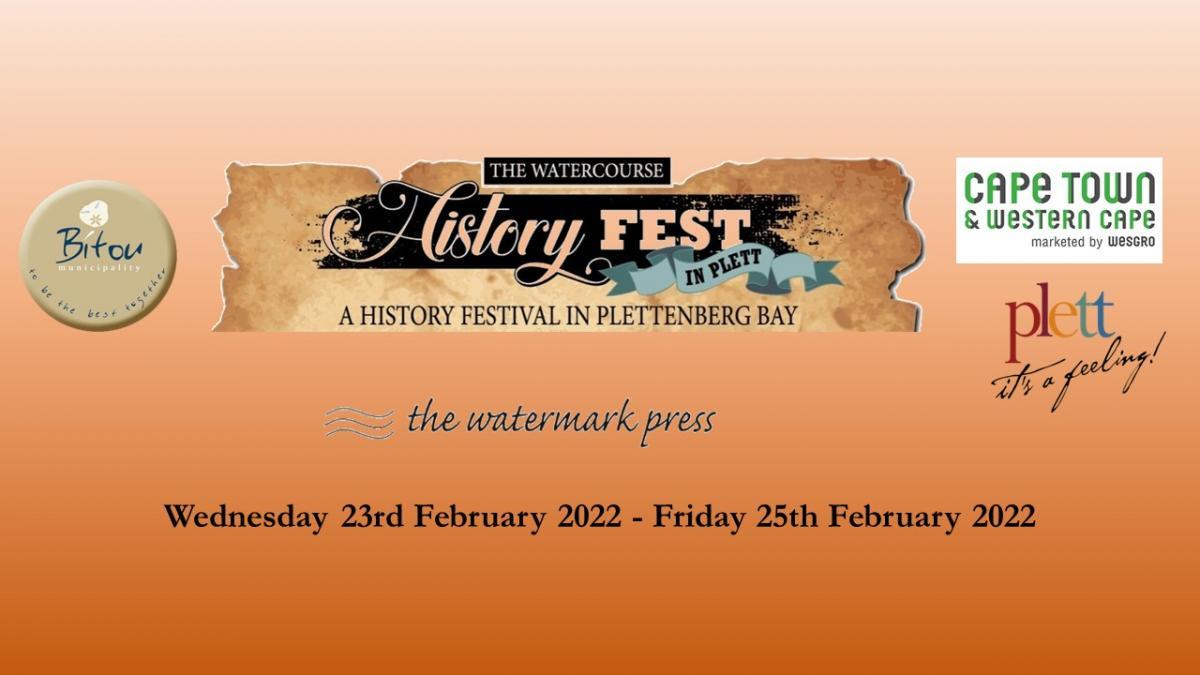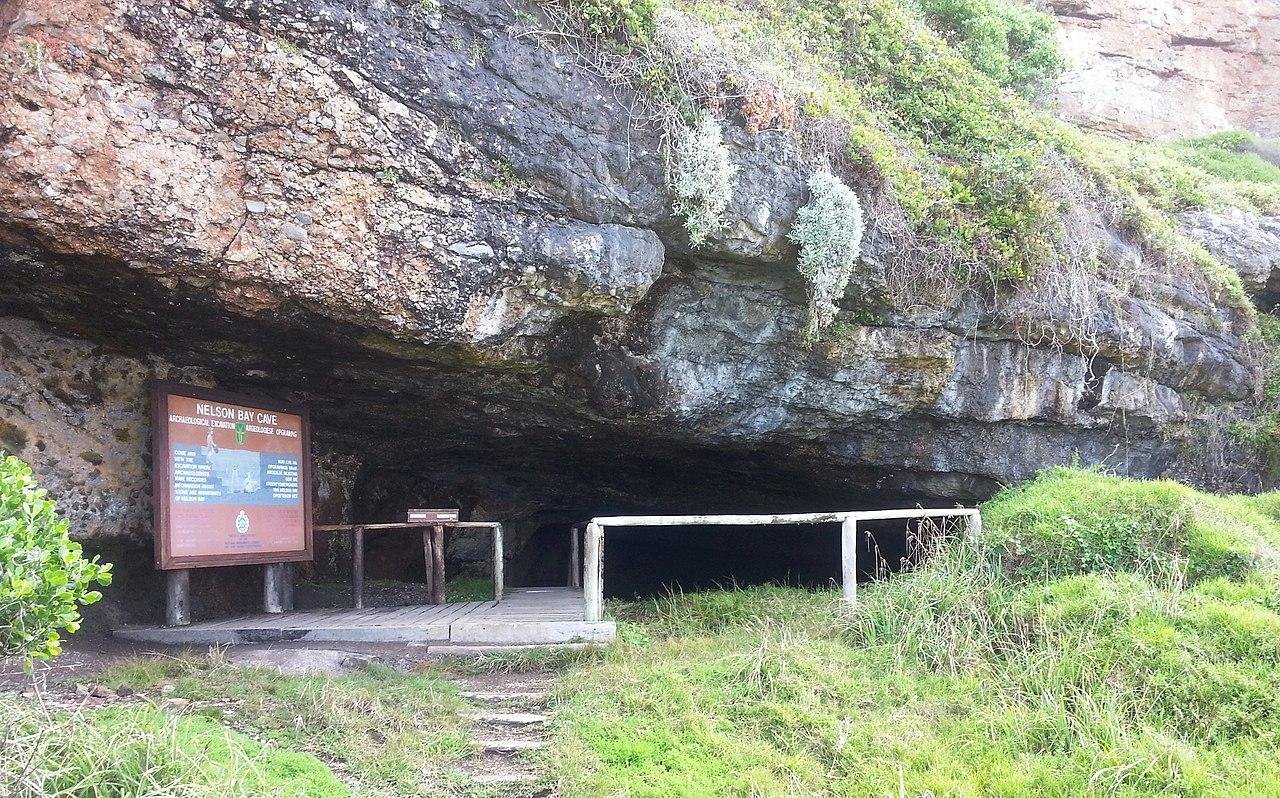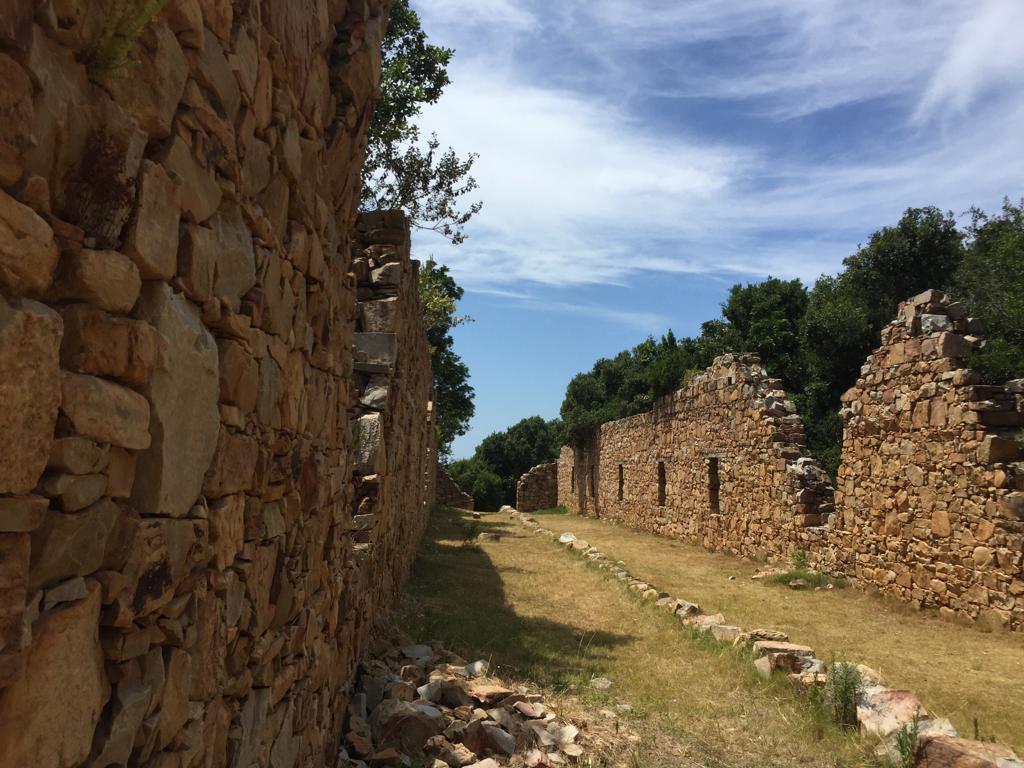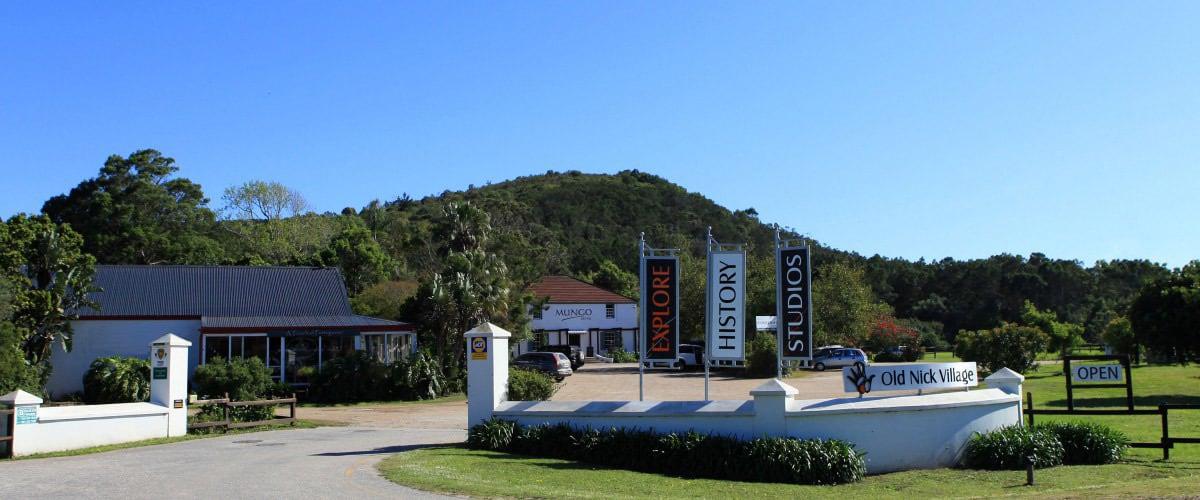
Are you joining us for the Third Watercourse History Festival in Plettenberg Bay? (Click here for detail) Storytellers, history buffs, art and literature lovers will find fascinating talks from knowledgeable speakers. But, while you're in Plett, why not check out some of these history and heritage attractions too?
Nelson Bay Cave & Robberg Nature Reserve
Make your way to the scenic coastal holiday town of Plettenberg Bay to track some fascinating Stone Age cave discoveries at Nelson Bay Cave in the spectacular Robberg Nature Reserve, jutting 1.8km out into the sea. Scientists have found that humans occupied this area – declared a World Heritage Site as part of the Cape Floral Region – as far back as 125 000 years ago.
Nelson Bay cave was first excavated in the 1960s, and the results showed that the diet of the early humans who lived here comprised food ranging from birds, eggs and plants to shellfish, as well as seals and bush pigs, with the remains dating back to about 5 000 years, resulting in large middens. Artifacts ranging from Stone Age tools to 2 000-year-old pottery, graves containing human remains in a foetal position and decorated with shells and ochre, and many more cultural riches have been found in the cave.
Access the site from inside the nature reserve, about 8km from the town – and set aside enough time to explore the cave and its beautiful surrounds. This site is a part of the Western Cape’s Cradle of Human Culture Route. Book via www.capenature.co.za.
Entrance to Nelson Bay Cave (Andrew Hall via Wikipedia)
Robberg Coastal Corridor and Psoralea vanberkelae
In 2014, a tiny little purple-and-white flower found near Plettenberg Bay was identified as a rare species of fynbos, and a discovery for the Cape Floral Kingdom. The new plant, Psoralea vanberkelae, was found on a 16km strip of land between Robberg and Harkerville – now known as the protected Robberg Coastal Corridor.
The discovery of this new species has contributed greatly to the declaration of the UNESCO Garden Route Biosphere Reserve. Book via www.cairnbrogie.co.za.
The Old Timber Shed and the Old Rectory
The Old Timber Shed was built in the days of the Dutch East India Company, is one of the oldest historical relics on the south-eastern coast of the Western Cape. It was declared a national monument in 1936. The building’s construction was approved by Governor Joachim van Plettenberg, who hoped that the bay would become a port from which forest timber would be exported.
The specifications which were given to Mr Johan Jacob Jerling who was commissioned to build the storehouse were: 61m in length, 6,7m in width and walls were to be 610mm breadth. Construction was completed in 1788 and the first load of timber was taken out of the “store” in August 1788. Dr Dan Sleigh discusses the use of the Old Timber Shed to store textiles and spices after the wrecking of the Dutch East India Company flute, Maria, on her return voyage in his history festival talk.
The Old Rectory is the oldest surviving building in Plettenberg Bay, built in 1777 and is now the beautifully restored Old Rectory Hotel. Whether you’re visiting for an overnight stay, a cocktail or a meal, the Old Rectory is steeped in history, which the front-of-house staff will be happy to share, and the canopy of trees overhanging the pool deck are said to be up to 150 years old. Find out more at www.rareearth.co.za.
The Old Timber Shed (Kathy Munro)
Old Nick Village and the Historical Mungo Mill
The Old Nick Village holds many treasures. Each shop corner and garden is a little discovery all its own. Old Nick Village was built in 1880 and is still in operation today; the feather in its cap is Mungo Designs: the oldest weaving studios and business in South Africa.
The Mungo Mill offers guided and self-guided tours of the beautiful mill and includes a showcase of weaving production from pre-industrial revolution to present day. Find out more at www.oldnickvillage.co.za.
Old Nick Village (via oldnickvillage.co.za)
Meet the Griqua Heritage Horses at Cairnbrogie
Take in the exceptional beauty of the Kranshoek area on horseback by taking an excursion from Cairnbrogie on the Griqua Heritage horses. These beautiful animals have a proud Griqua heritage and are the original descendants of the horses that set off from the Cape hundreds of years ago.
Revenue from these excursions contribute towards meeting the basic needs of the horses, which are cared for by Africa Hoofprint Foundation and homed at Cairnbrogie, and the equipment needs of their young owners. Book at www.cairnbrogie.co.za.
Information via Plett Tourism Newsletter
Disclaimer: Any views expressed by individuals and organisations are their own and do not in any way represent the views of The Heritage Portal.



